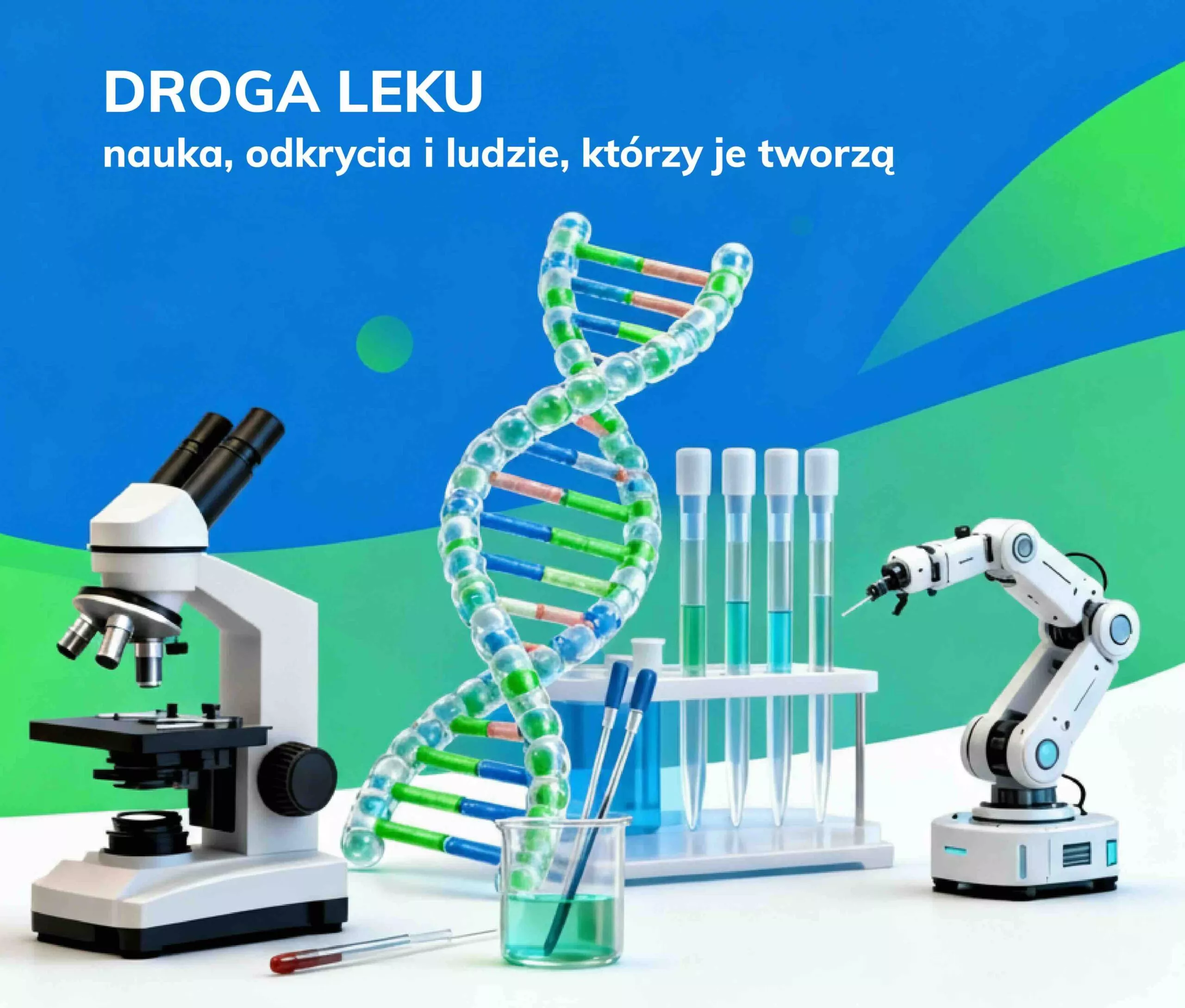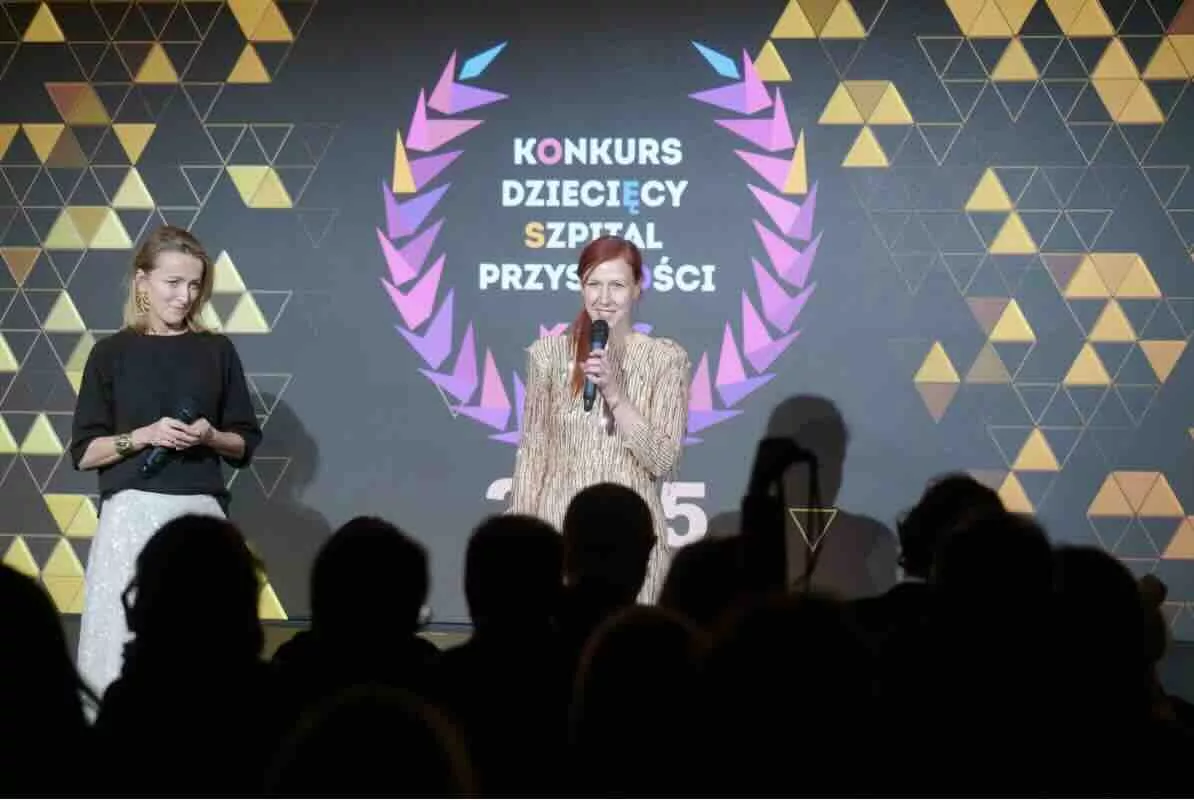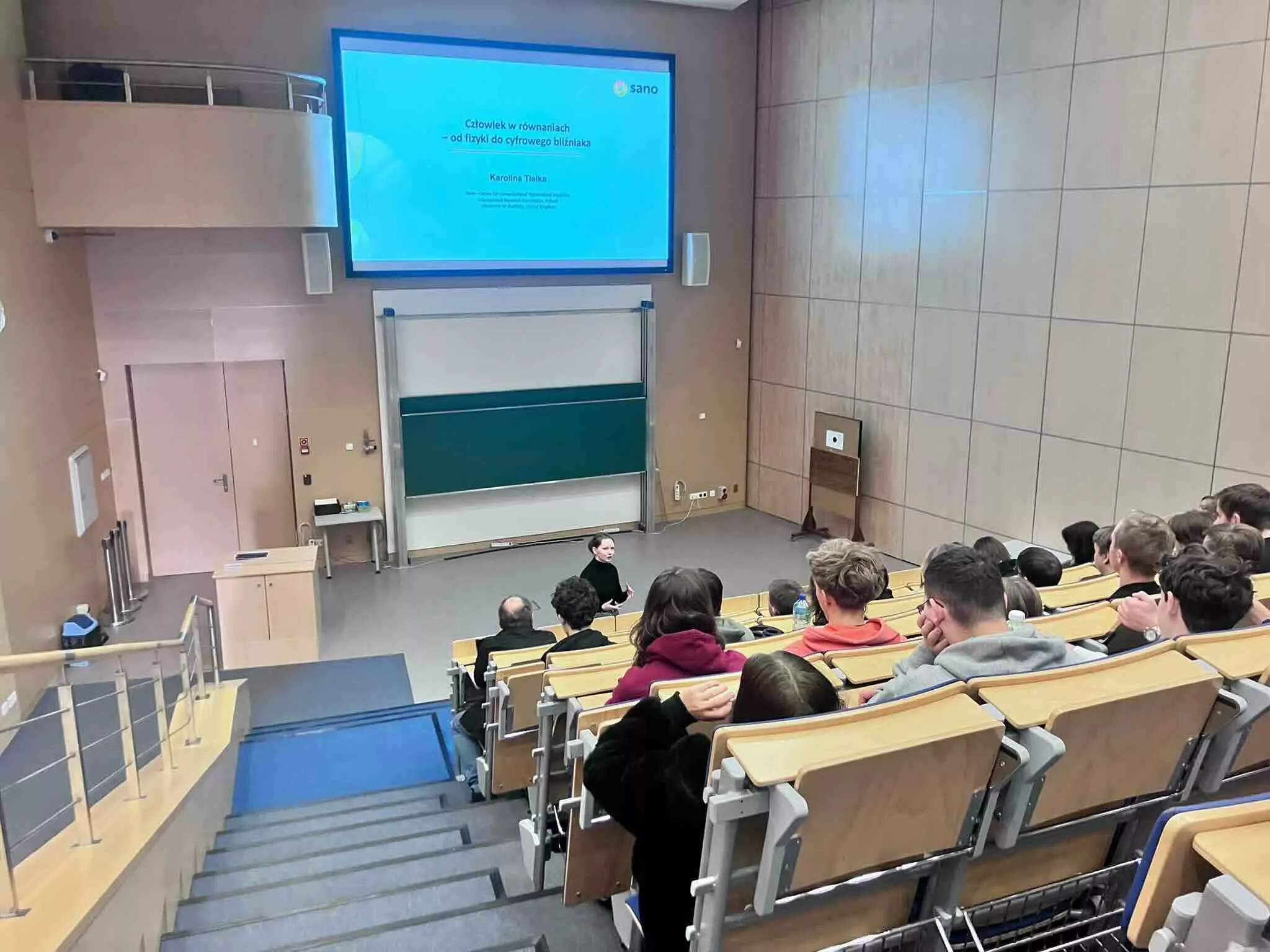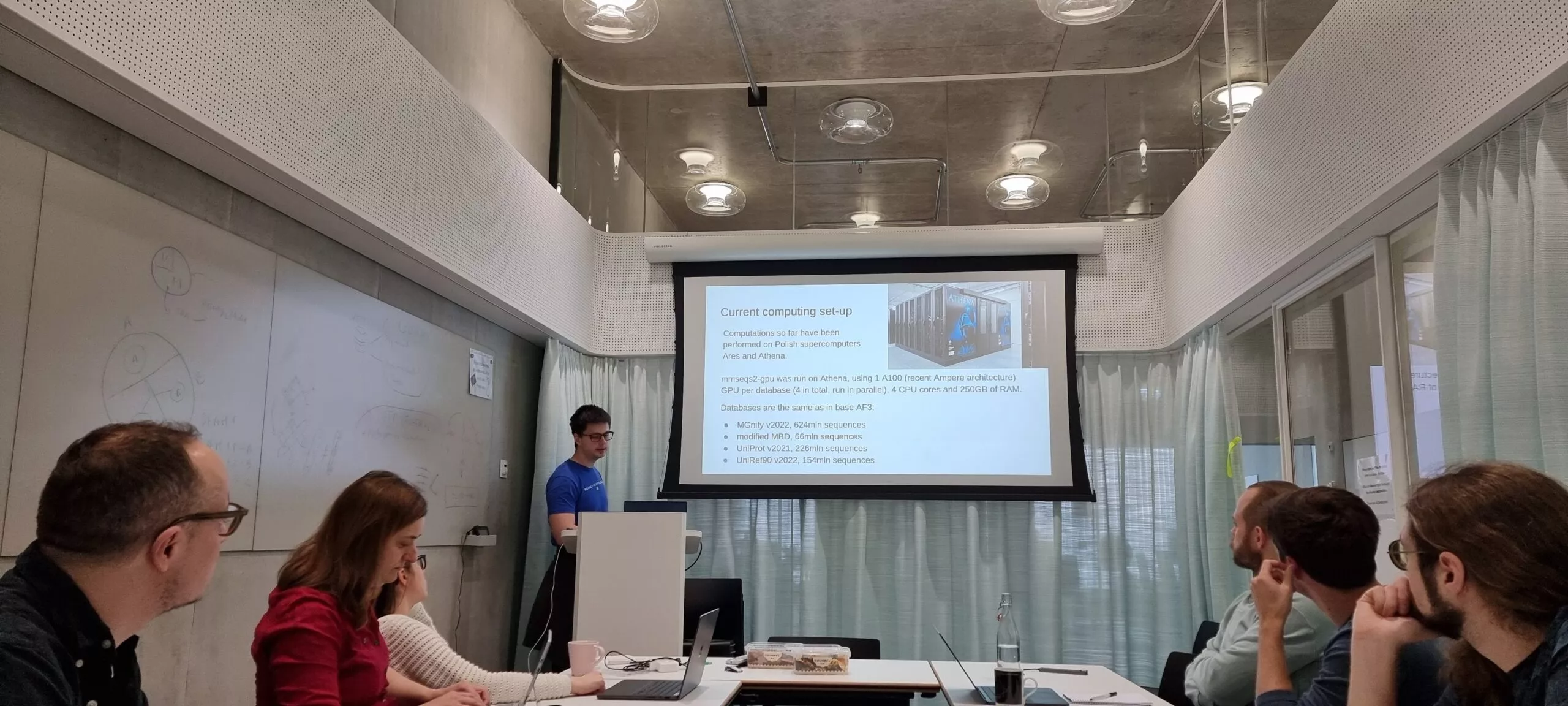
Unveiling the Dark Proteome: Inside the Weave Project’s Quest to Decode the Human Gut
A meeting of members of the Weave Project was held in March this year at the Biozentrum in Basel, Switzerland, bringing together researchers committed to exploring the complex and essential connections between the human gut microbiome and overall health. The event was attended by representatives from the University of Basel, VIB.AI, and Sano. Sano was represented by Tomasz Kościółek, Filip Schymik, Paweł Szczerbiak, and Jakub Wojciechowski — members of the Structural and Functional Genomics Group.
In addition to outlining the project’s direction, the meeting provided an opportunity for participants to share insights, discuss innovative approaches, and strengthen collaboration within the team.
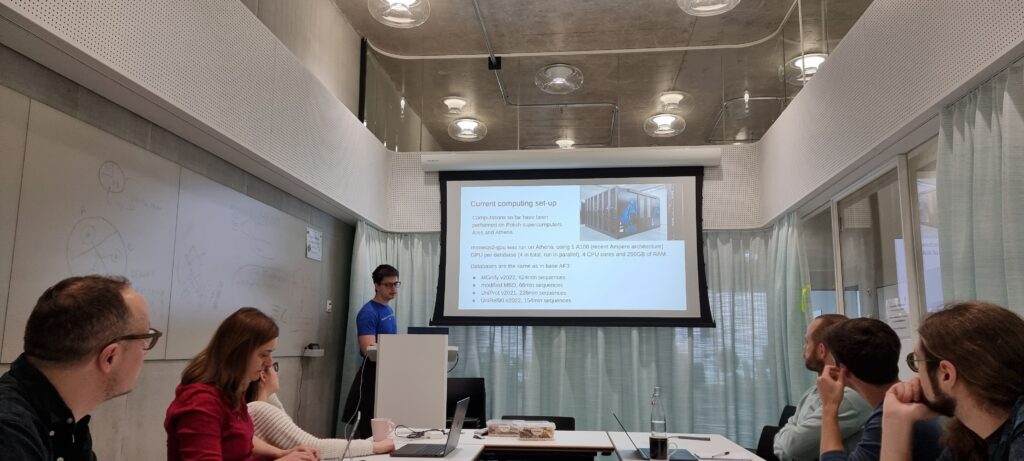
About the Weave Project
Weave is an ambitious scientific initiative focused on decoding the intricate ecosystem of the human gut microbiome. Understanding this microscopic world is crucial for tackling a range of health conditions, from metabolic disorders like obesity to neurodegenerative diseases such as Parkinson’s and Alzheimer’s. By mapping the gut’s microbial proteins in unprecedented detail, Weave aims to shed light on how these molecules influence human health and behavior.
The project is a consortium formed by the University of Basel and Sano, conducted in collaboration with VIB.AI. It is led by Tomasz Kościółek and Joana Pereira.
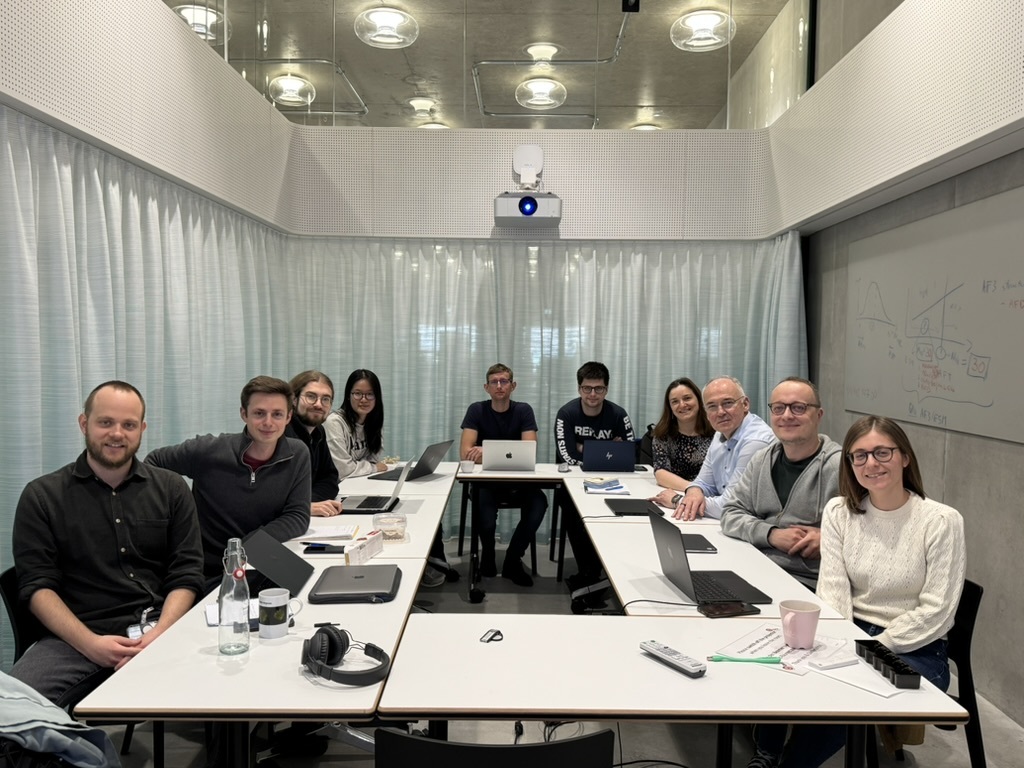
Building a Comprehensive Atlas of Gut Proteins
A core objective of Weave is to create a detailed atlas of human gut protein structures, complete with functional annotations. This will culminate in the development of a Protein Universe Map — a navigational tool designed to help scientists explore the vast molecular landscape of the gut microbiome.
Researchers will apply deep learning and large-scale evolutionary modeling to investigate the “functionally dark” proteins — proteins whose functions remain unknown. Remarkably, such proteins constitute approximately 40% of the more than 170 million unique proteins identified from the human gut.
Traditional homology-based methods for functional annotation have reached their limitations, largely due to the gaps in existing reference databases. However, cutting-edge computational biology techniques — including deep learning tools like AlphaFold2 for structural prediction and deepFRI for functional inference — now offer promising ways to bridge these gaps.
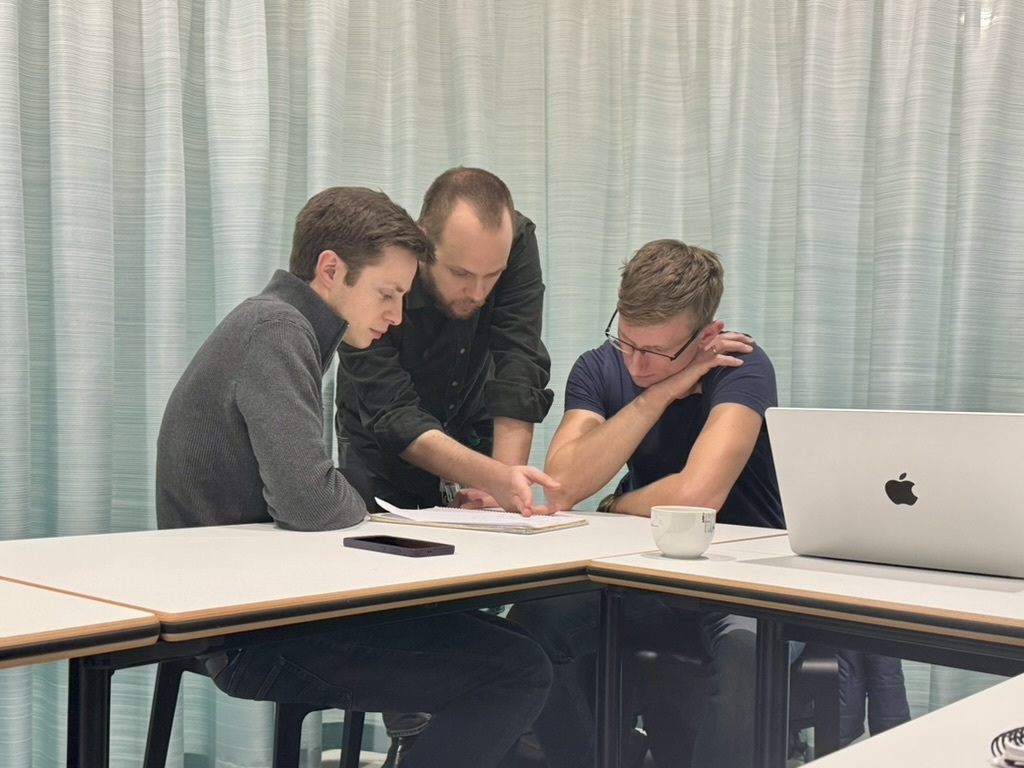
Project Goals and Methodology
The Weave Project pursues several key objectives:
- Constructing a Catalogue: Assembling a comprehensive library of human gut protein structures and their functions, revising outdated assumptions, and modeling new 3D structures for proteins lacking known analogs.
- Exploring Diversity: Investigating the vast sequence and structural diversity of dark proteins within the broader context of the global protein universe.
- Tracing Evolutionary Origins: Examining how these proteins evolved, their potential ancestral relationships, and their connections beyond the gut ecosystem.
- Predicting Functions: Integrating 3D structural data with conserved genomic contexts to infer and analyze the molecular and biological roles of dark proteins.
Through this integrative, large-scale approach, Weave aims to dramatically expand our understanding of the gut microbiota’s metabolic capabilities, laying the groundwork for future experimental validation and opening new paths for therapeutic discovery.


